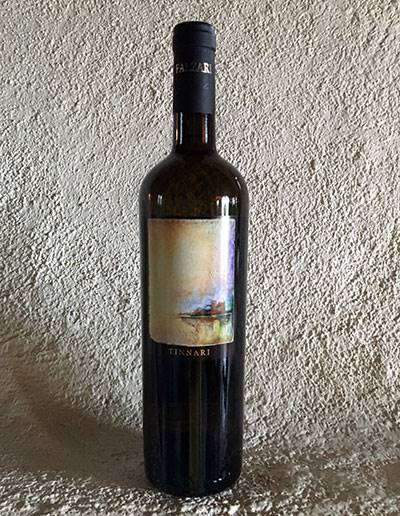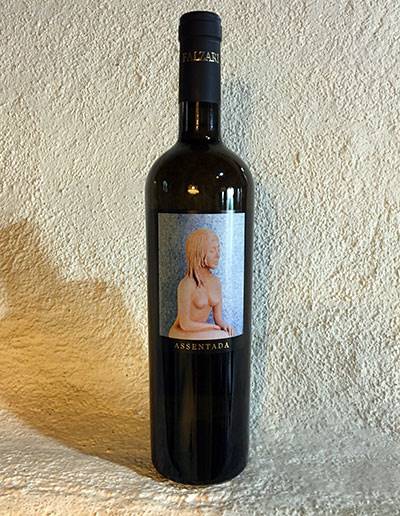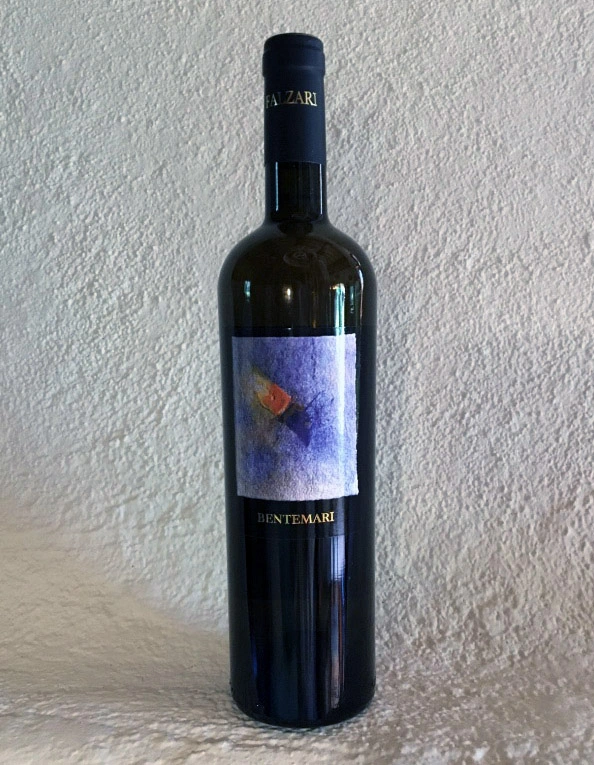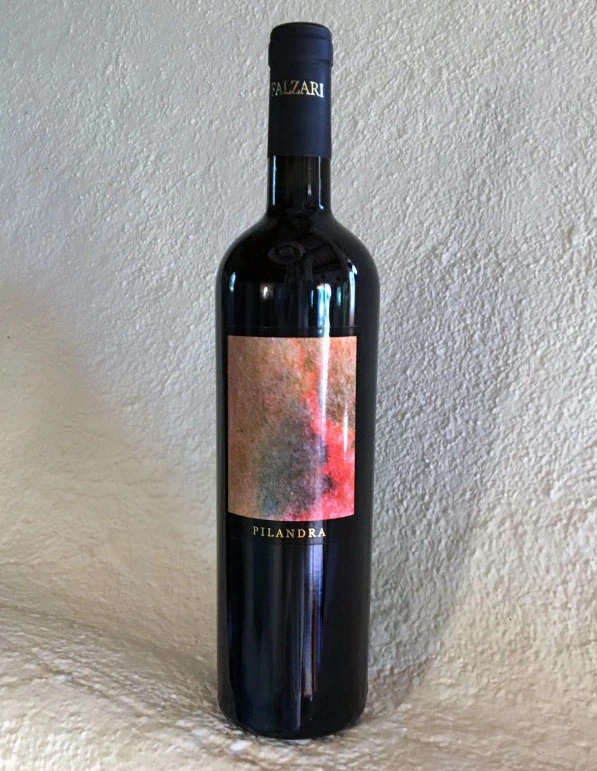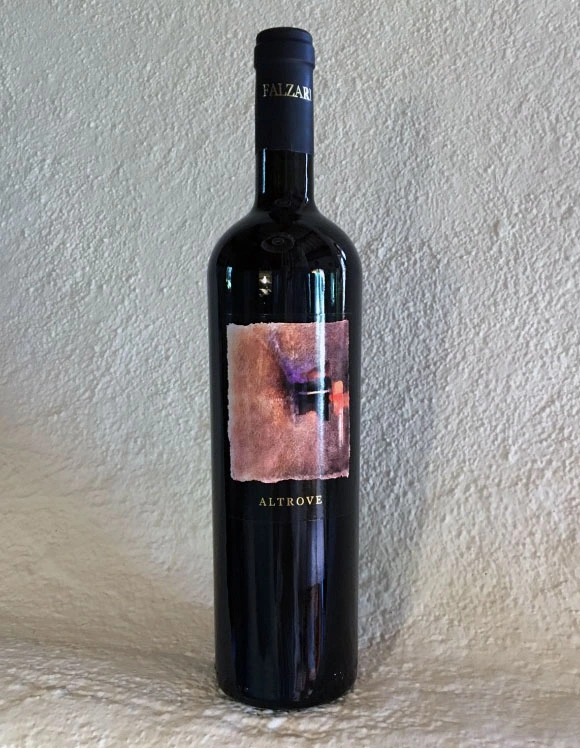Bentemari
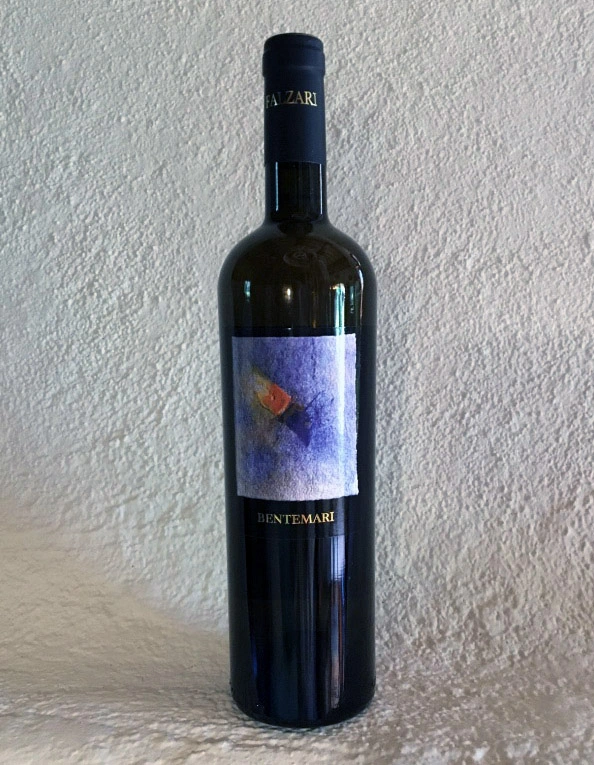
Tuscan Vermentino IGT
Pure Tuscan Vermentino, organic vineyard management e biodynamic, this vine expresses aromas of flowers and notes of pulp fruits white like apple, pear and citrus fruits, it is fresh and captivating in the mouth. Ideal as an aperitif or to combine with fish and white meats.
Important facts of the vineyard
Soil: medium texture, relatively loamyVines: planting density 2.5 m x 1 m
Year planted: 2020
Density: 4000 plants per ha
Surface area: 5000 sq.mts.
Average height: 60 metres a.s.l.
Orientation: south-south west facing
Average yield per stock: 1,5 kg/plant
$21.00 Year 2022 immediate availability
Blend of grapes
Vermentino from Tuscany IGTVinification
When the grapes are harvested early in the morning, to be able to bring them fresh cellar, followed by soft crushing-destemming and maceration pre-fermentation in a cooled tank but without the use of heating systems refrigeration at low temperatures. This stage helps the development of perfumes, a light extraction of substances from the skins and a clarification natural of the wine. It is waited for 8-12 hours, then, on the same day, it is racked off and let it rest overnight. The next morning it is usually obtained the clarification of the wine and then it is decanted before the start of the fermentation to preserve the aromas as much as possible during fermentation.
The alcoholic fermentation of the "flower" begins spontaneously and takes place a low temperatures (18°-20°C) and lasts about 20-30 days. Follows the malolactic fermentation which is carried out to make the wine stable in the time. In fact, this fermentation carried out avoids the risk of one refermentation in the bottle with consequent organoleptic anomalies of wine. If the malolactic fermentation did not take place, the wine would need to be filtered in this way sterile to eliminate the bacterial agents that cause it. Such filtering
on the other hand, being so narrow is traumatic and strips the wine of structure and aromas. In the fermentation and in all subsequent stages of production it does not come used no substance other than very low quantities of sulphites, therefore the total sulfur dioxide of the marketed wine is a maximum of 50 mg/lt, variable depending on the vintage and the fermentation process.
Maturation and ageing
In stainless steel and concrete wine vessels until bottling.
Bottling
After bottling, maturation in the bottle follows for a minimum of 2 months.
Expected production
3,000 bottles/year
